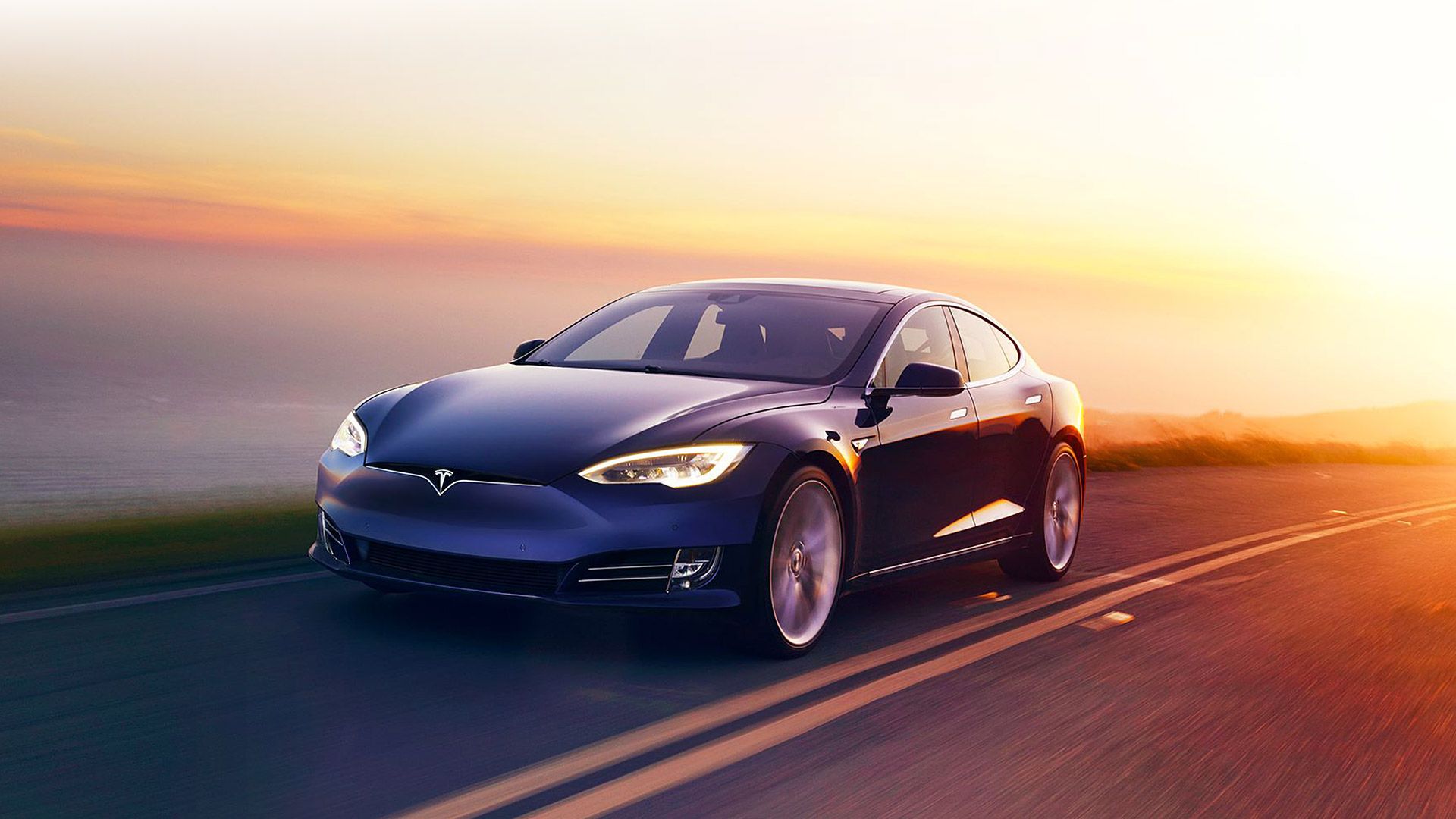

Chicago-based injury law firm
Corboy & Demetrio announced Tuesday that it is suing Tesla Motors over a “defective battery pack” which it alleges burst in a crash, causing the death of 18-year-old Edgar Monserratt Martinez by burning.
Martinez was riding in the front passenger seat of a 2014 Tesla Model S driven by 18-year-old Barrett Riley in Fort Lauderdale, Florida on May 8, 2018, as reported by Arstechnica. A third passenger occupied the Tesla’s rear seat according to an accident report from the National Transportation Safety Board (NTSB).
Riley had a history of dangerous driving in the Tesla, and approximately two months prior to the crash was ticketed for doing 112 miles per hour in the sedan. Riley’s parents reacted by installing a speed limiter to prevent the Tesla from exceeding 85 mph, but between then and May 8, Riley reportedly visited a Tesla service center to have the limiter deactivated. This permitted Riley to hurtle through traffic at a speed of 116 mph, as registered three seconds before the crash.
The NTSB concluded that Riley attempted to circumvent traffic in a 30 mph zone while going into a lefthand turn with a 25 mph advised speed. Riley lost control and attempted to slow the car by braking, which successfully reduced his speed to 86 mph before impact with a concrete wall, but failed to prevent the crash. The Tesla then pinballed off the wall, catching fire after the second impact before traveling across the road. Both front seat occupants—Riley and Martinez—were killed, their cause of death unspecified in the NTSB report, while the third occupant was ejected from the vehicle but listed as injured, not killed.
Riley and Martinez’s causes of death have not been made public, but that has not stopped Corboy & Demetrio from pointing its finger at the supposedly burst battery and resulting fire as the cause of the teens’ deaths.
“The Tesla S battery was prone to extremely intense fires incapable of being timely extinguished,” claimed Philip Corboy Junior, in the firm’s release. “The Tesla S sedan had inadequate measures to prevent a post-collision fire and had inadequate measures to contain a fire.”
A Corboy & Demetrio spokesperson told The Drive that the firm will cite the Broward County medical examiner’s verdict that Martinez suffered a “thermal death.”
This accident bears an unfortunate resemblance to another from March of 2018, when a Tesla Model X driver collided with a highway divider, bursting the crossover’s battery and causing a fire that consumed the vehicle. In that accident, the driver’s cause of death was not published, though Tesla escaped legal responsibility for the crash due to the driver misusing its “Autopilot” system of automated safety features.
The Tesla Model X’s safety was rated favorably by the National Traffic Highway Safety Administration (NHTSA), and the Model 3’s by the Insurance Institute for Highway Safety (IIHS), but the Model S’s less so, receiving only an “acceptable” safety rating from the IIHS when tested in 2017.